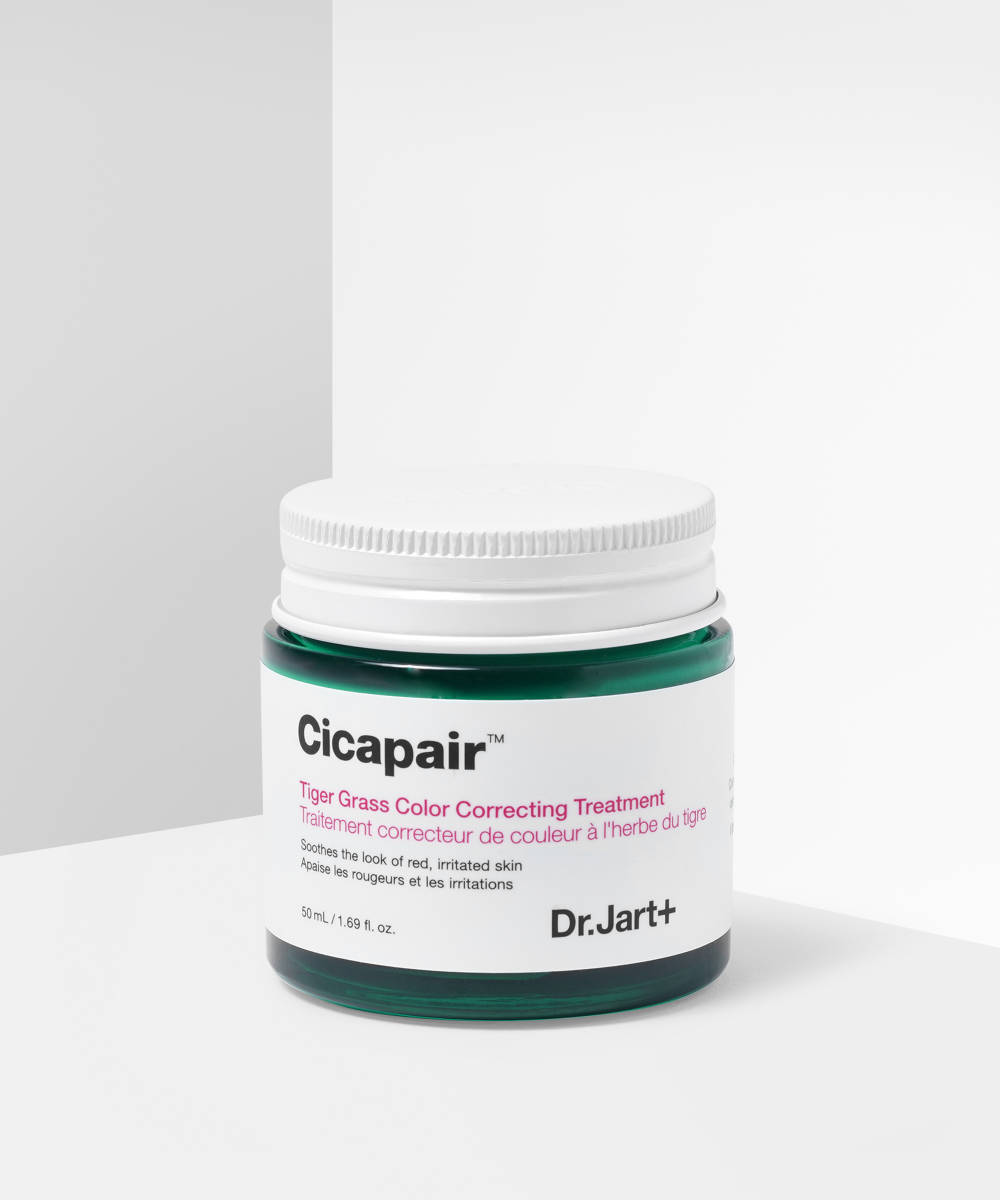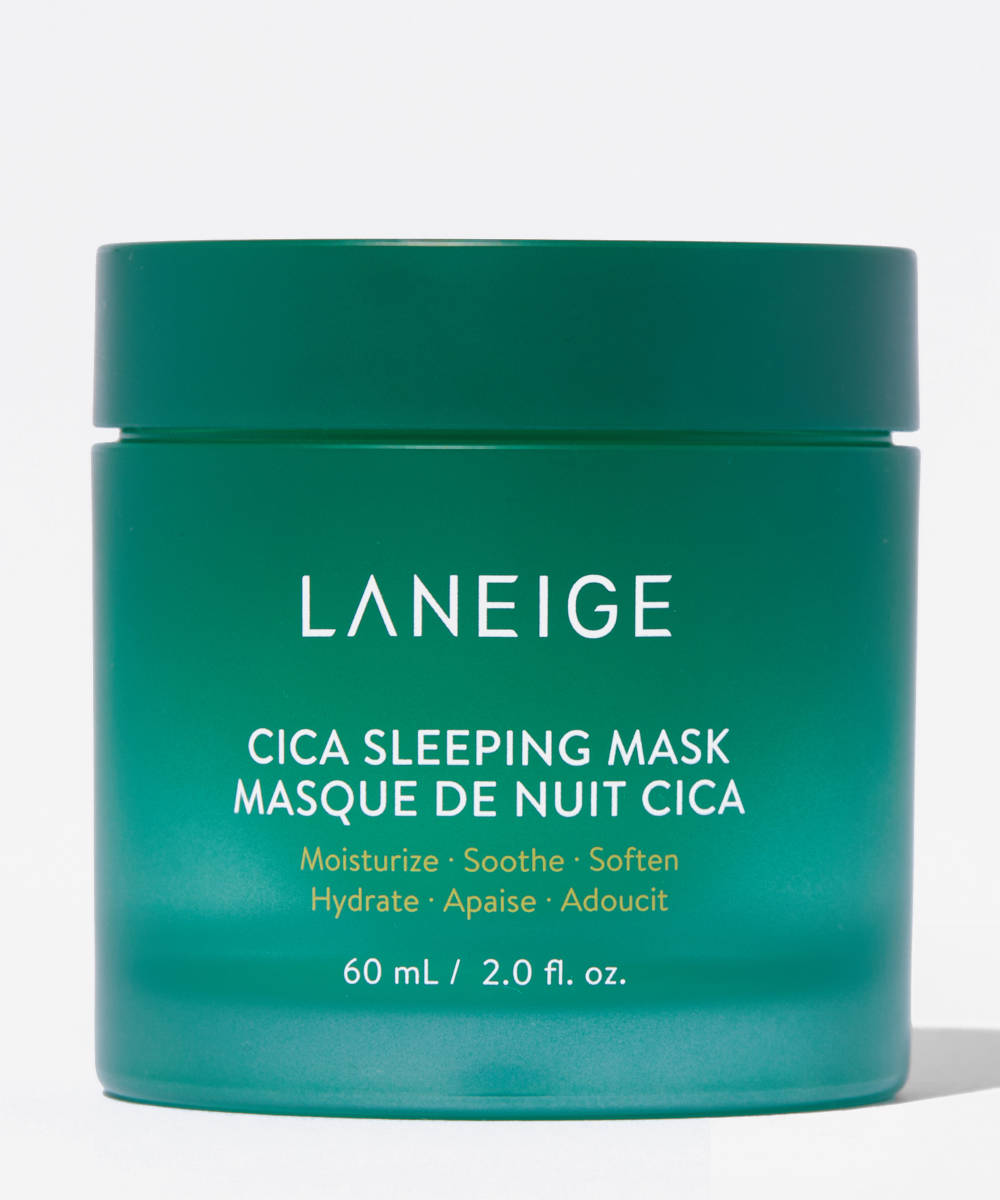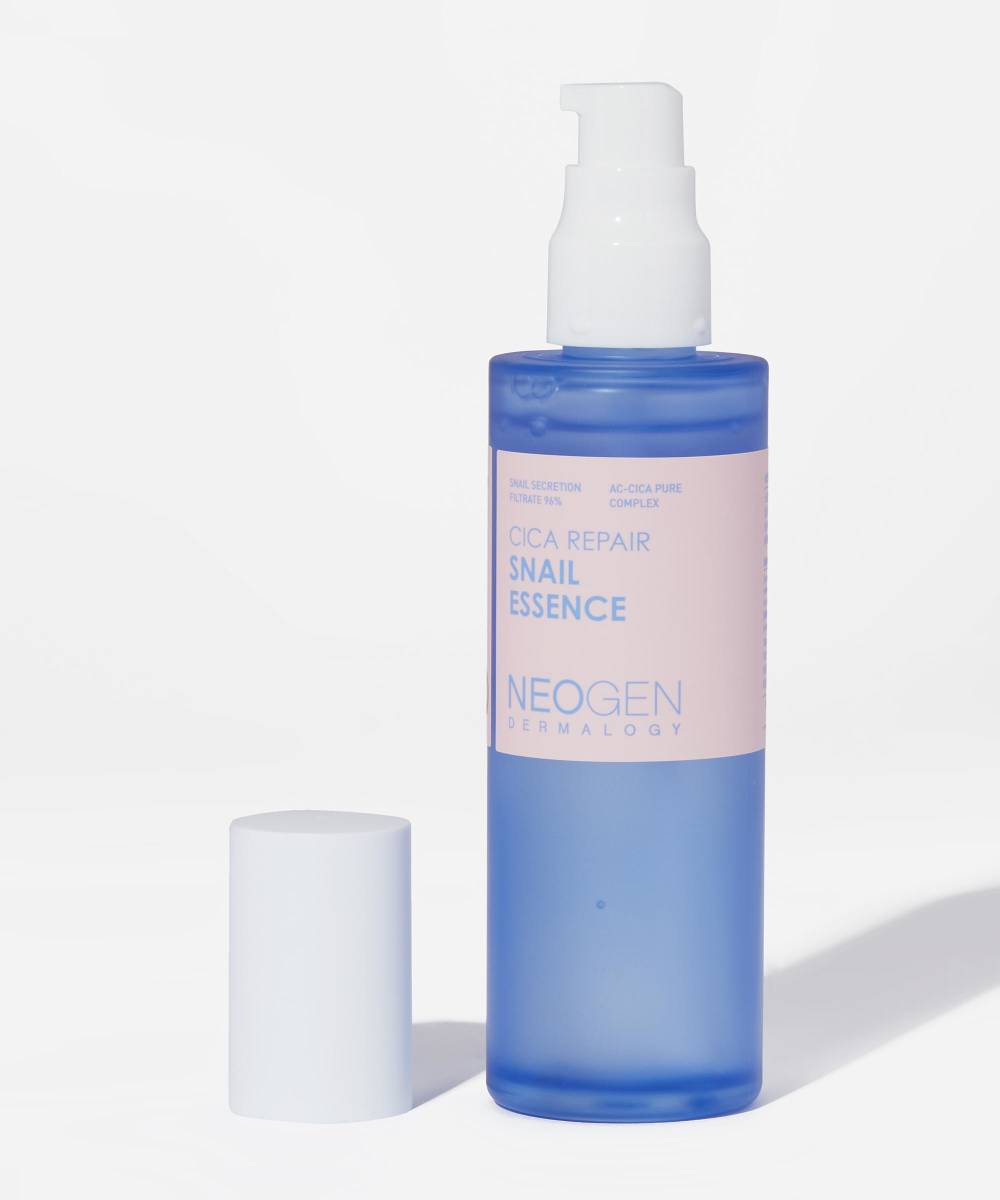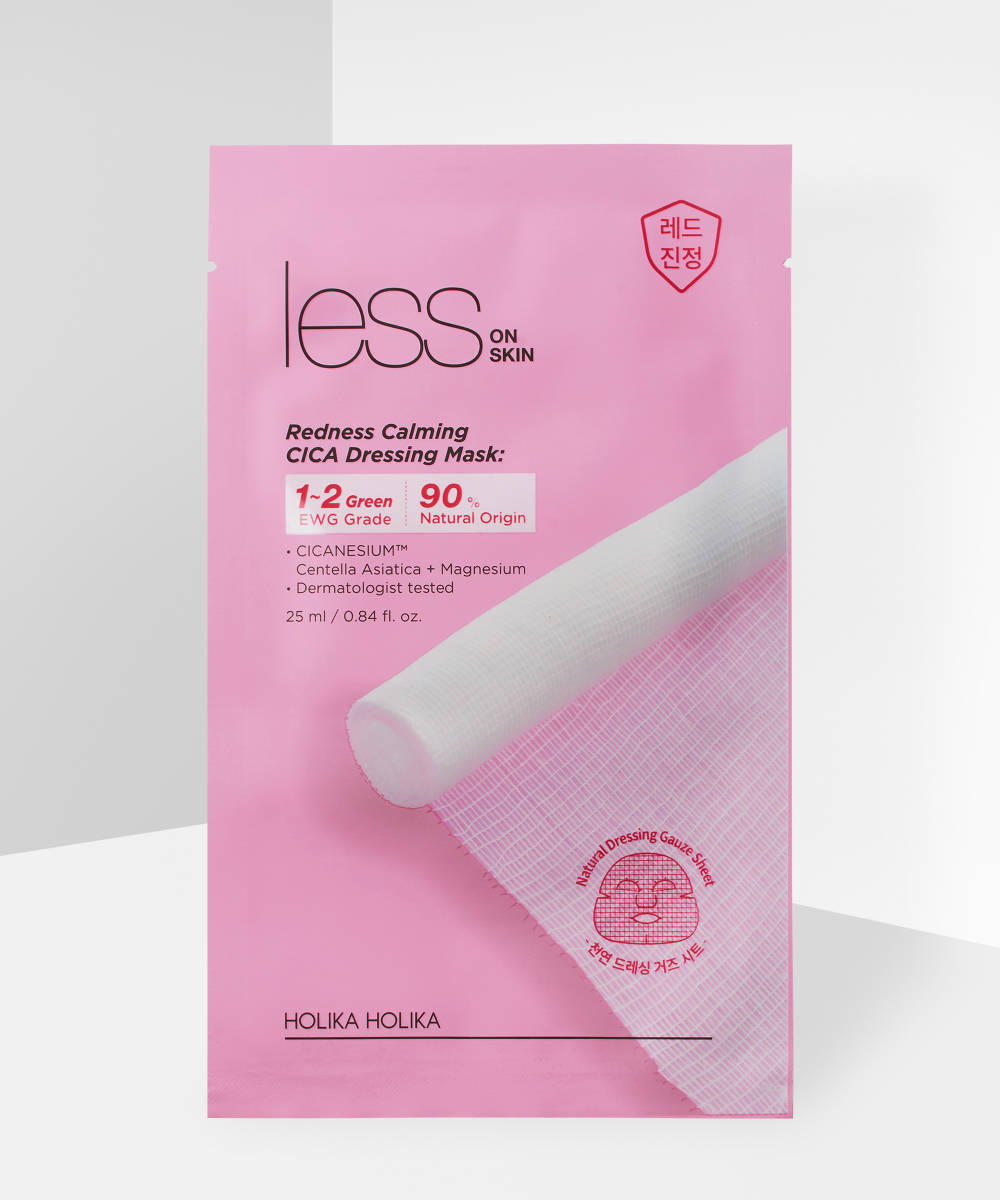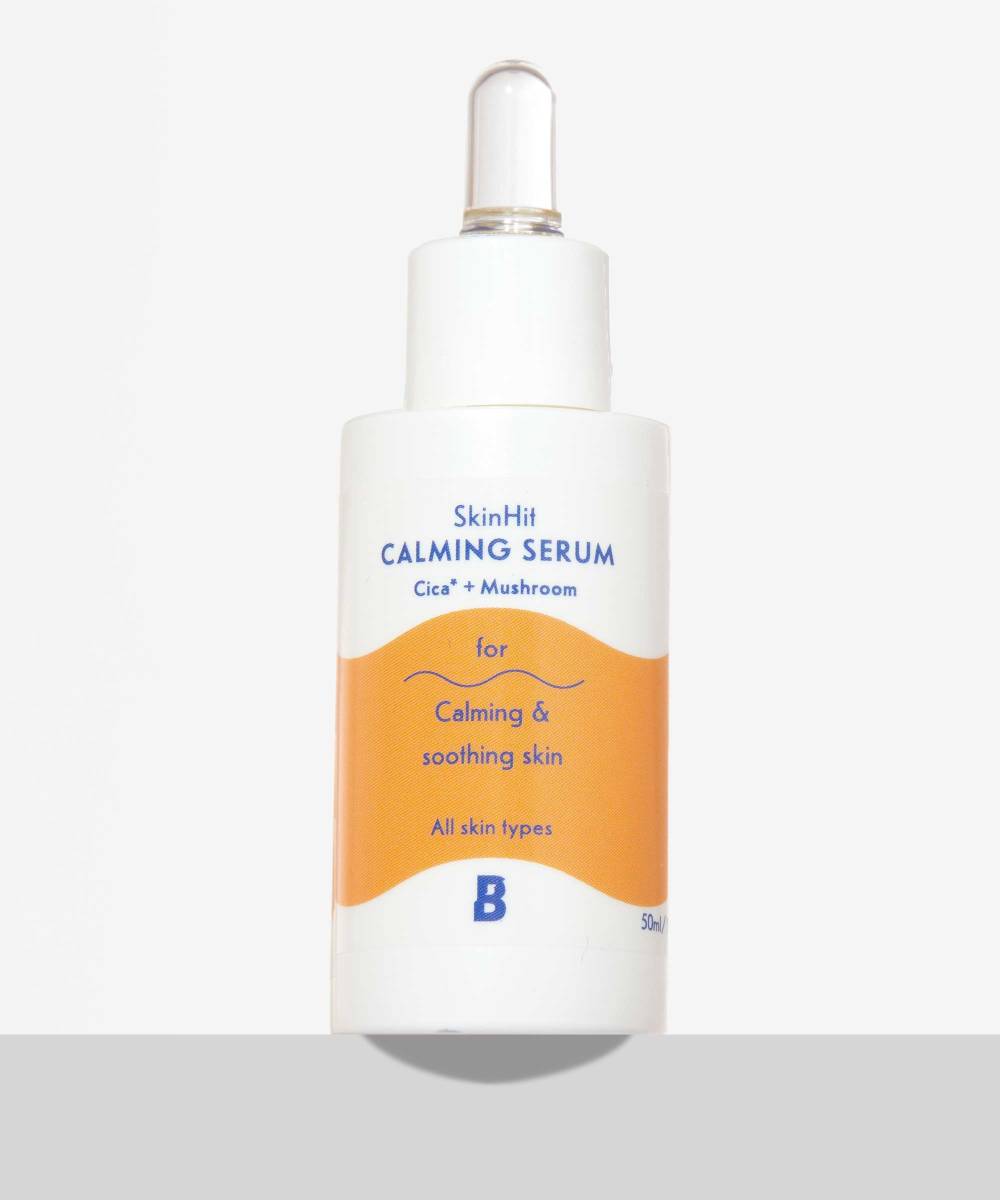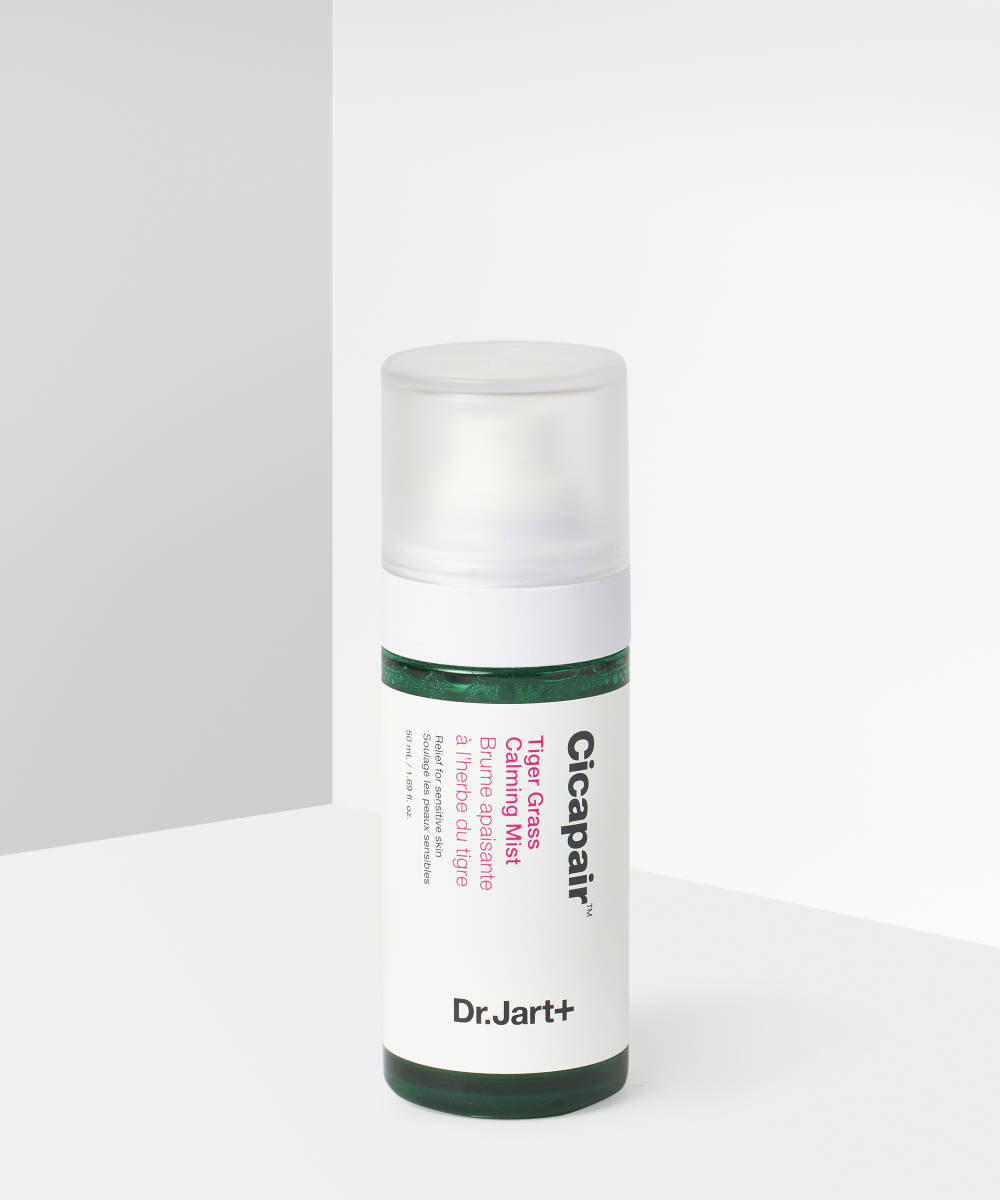Not a week passes that another skincare ingredient buzzword starts to trend, but one we’re hearing a lot about recently is cica. While it’s been used in traditional Chinese medicine for centuries, thanks to the K-beauty movement, people have been catching on to its multiple skincare benefits and it’s becoming increasingly popular in the latest skincare launches.
Keep on reading to learn all about cica and its benefits for sensitive, redness-prone, and acne-prone skin.
What is cica?
Derived from a plant found in tropical areas of Asia and Southern Africa, cica is scientifically known as centella asiatica and is sometimes called ‘tiger grass’ (in Asia, tigers rub their wounds on the plant to help their skin heal).
How does cica work?
Cica is packed full of amino acids, fatty acids, antioxidants, and vitamins A, B, and C. These work together to stimulate collagen production, strengthen skin’s defense against bacteria, improve hydration, and provide anti-inflammatory benefits.
What does cica do?
Cica calms inflammation, redness, and irritation, and is able to trigger the repair and healing process of cuts and burns. It’s a beneficial ingredient if you’re looking to soothe, repair, or strengthen your skin, combat breakouts, or decrease your skin’s sensitivity.
There are also claims that cica can help to prevent the appearance of the early signs of aging (loose skin and wrinkles) by protecting it from pollution, and if dryness and dullness are your skincare concerns, cica is here for those too. It boosts circulation and blood flow to the skin, which in turn increases hydration in the top layer of skin, preventing moisture loss and boosting cellular repair so skin appears brighter.
When should you use cica?
You’ll notice cica pops up in everything from cleansers to masks, but it performs best when used in products that are left on the skin, like serums and moisturisers. Since it’s ideal for sensitive skin, it’s gentle enough to use daily, day and/or night.

